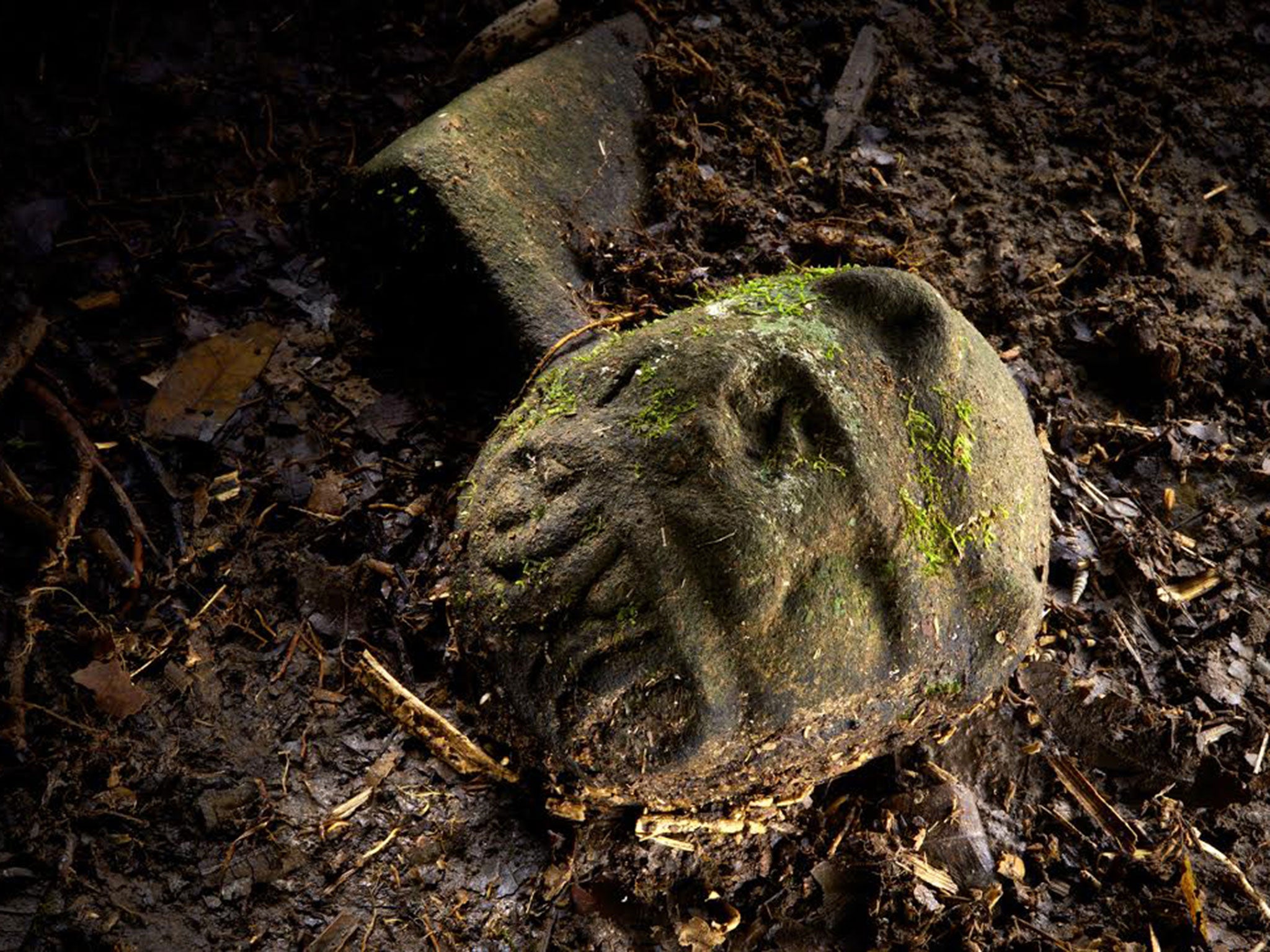Has the legendary 'City of the Monkey God' been found in Honduras?
Artifacts found include the heads of monkey sculptures thought to be 1000-1500 years old

An expedition to locate the legendary 'City of the Monkey God' has announced the discovery of a mysterious culture's ancient city, according to National Geographic.
Objects have been documented but are yet to be excavated so it is too early to tell if this is the city of legend that has been discussed and sought out for centuries.
The team, which consisted of American and Honduran archaeologists, soldiers and a National Geographic writer and photographer, undertook the journey into the Mosquitia region of eastern Honduras to try and locate the site, also know as 'The White City' or 'Ciudad Blanca.'
They had been inspired after signs of past inhabitation were identified by an Airbourne Laser Mapping Team. They produced a topological map that detected man made plazas in the area in 2012.
Travelling into the previously uncharted territory, the expedition confirmed the site to be an ancient city full of artifacts. Archaeologists now believe Mosquitia may harbour many lost cities which taken together may represent an ancient civilisation.

The National Geographic’s Douglas Preston, who was part of the group, wrote that “the tops of 52 artifacts were poking from the ground. Many more evidently lie below ground, with possible burials. These include stone ceremonial seats (called mutates) and finely carved vessels decorated with snakes, zoomorphic figures and vultures.”
Christopher Fisher, a Mesoamerican archaeologist on the team from Colorado State University, said that he thought the most striking object was a “were-jaguar” that may represent a shaman in a ritualized, transformed state.
The exact location of the site is not being revealed to protect it from looters.
The ancient civilisation, as yet unnamed by archaeologists, has been the subject of rumours amongst local tribes people and Spanish explorers for hundreds of years. Conquistador Hernando Cortes first made reference to them in a letter to Charles V in 1526. He said that the province would “exceed Mexico in riches.”
It was frequently associated with the myth of El Dorodo in the time of the Conquistadors and Spanish Bishop Cristobal de Pedraza wrote that he had seen a great city from a mountaintop in the jungles and had been told by guides that the people there ate from plates of gold, according to archaeologist Dr Christopher Begley.
Aviator Charles Lindbergh reported flying over it in 1927 before adventurer American Theodore Morde was the first to claim that he had found the city.
Following an expedition in 1940, according to The New Yorker, he returned from Mosquitia with thousands of artefacts, claiming to have entered 'The White City', or as he called it, 'The City of the Monkey God,' due to the fact that indigenous people told him that the civilisation had worshipped a giant, now buried statue of a monkey god.
However, Morde never divulged the location of the site as, like the archaeologists today, he feared it would suffer looting. He killed himself in 1954 before he ever returned.
Ciudad Blanca has played a central role in Central American mythology. Texts cite it as the birthplace of the Aztec god Quetzalcoatl and if the discovery were to be confirmed it could rival that of the ancient Inca city of Macchu Picchu, the ancient Inca city in modern Peru, by Hiram Bingham in 1911.
Join our commenting forum
Join thought-provoking conversations, follow other Independent readers and see their replies
Comments